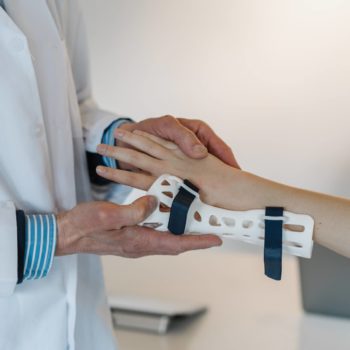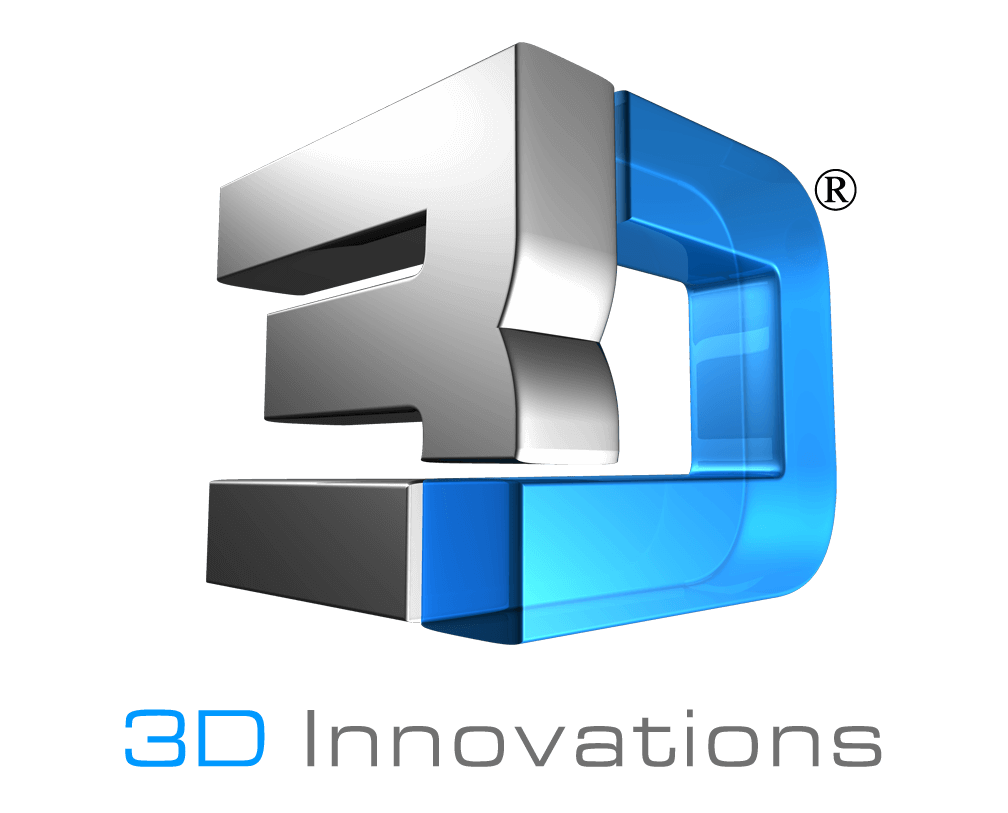 3D printing technology is something that captures the mind because its applications feel almost infinite. As the technology matures, the material selection expands and engineering advances, we will continue to see 3D printing transforming areas of business and our lives.
3D printing technology is something that captures the mind because its applications feel almost infinite. As the technology matures, the material selection expands and engineering advances, we will continue to see 3D printing transforming areas of business and our lives.
Most of the time we talk about the product development benefits of the technology on our blog; how it cuts down the on the product development timeline, lets you validate your design, test your prototype and decreases development costs. However, 3D printing technology is also solving problems in new and innovative ways. It is stretching our imagination and pushing the world of engineering in a new direction.
Below are four examples of 3D printing technology making an impact on the world around us in ways we never imagined 30 years ago.
Restoring Devastated Coral Reefs
As a company located in Honolulu, Hawaii ocean conservation and preservation is always on our mind. “Marine scientists and architects from the Swire Institute of Marine Science (SWIMS) of the University of Hong Kong (HKU) and its Robotic Fabrication Lab of the faculty of architecture, respectively, worked together to 3D print terra-cotta tiles that will act as artificial reefs. The result is a mesmerizing, organic swirl of line and negative space that reads like a burnt orange topographic map—and mimics the natural patterns of the coral itself.” (Fast Company)
Coral reefs are a vital part of the marine environment, they “support more species per unit area than any other marine environment,” including millions of species yet to be discovered, according to the National Oceanic and Atmospheric Administration (NOAA).
3D printing offers the advantage to produce objects and parts much more cost-effectively. But the most powerful advantage of it is that it could print each terra-cotta tile with a different design without increasing the cost. This way, they can design tiles that have different functions without incurring significant additional costs. (Fast Company)
Personalized Medical Tools and Components
3D printing has been used to produce hearing aids, replacement limbs, surgical implants, and detailed models of organs, bones, and blood cells.
Roughly 13% of all 3D printing revenue comes from the medical industry. From prosthetics to surgical guides, there are a surprising number of medical applications for additive manufacturing technology. The flexibility offered by a 3D printing service lets medical professionals create patient-specific devices at an affordable cost. (Health Tech Zone) 3D printing works well for medical applications because it offers, design complexity, patient customization, speed and cost reduction.
The design process for medical devices and tools begins with patients, doctors, nurses, and other medical staff. They are at the forefront of the industry and keenly aware of the challenges, limitations and frustrations with existing devices. These innovative ideas create an opportunity to improve care and support, while reducing costs.
Assisting Astronauts at the International Space Station
Astronauts are tasked with not only conducting scientific research in space, but they also need to work diligently to keep the International Space Station (ISS) in top shape. The first 3D printer was sent to space in 2014, developed by Made in Space. “This printer used a fused filament fabrication (FFF) process, feeding a continuous thread of plastic through a heated extruder and onto a tray layer by layer to create a three-dimensional object. The 3D Printing in Zero G investigation produced dozens of parts, which researchers analyzed and compared with those made on the ground. Analysis revealed that microgravity had no engineering-significant effects on the process, demonstrating that a 3D printer works normally in space.” (NASA)
Fast forward to today, astronauts will soon gain a new 3D printing technology when Made in Space launches ceramic capabilities into space, adding its fifth launched manufacturing facility sent to space.
“Made in Space will be launching its new Turbine Ceramic Manufacturing Module (CMM) this month [September 2020]. The CMM is described as ‘a commercial in-space manufacturing device designed to demonstrate proof-of-principle single-piece ceramic turbine blisk manufacturing in microgravity for terrestrial use.’” (Fabbaloo)
Changing the Way We Eat
Chefs around the world are experimenting with 3D printing technology in their kitchens. The technology has opened doors to a new level of creativity. While printing a complete meal isn’t quite reality for the technology (right now) many chefs are harnessing it to create some truly mesmerizing desserts.
Geometric pastries by Dinara Kasko have caught the attention of the world. She produces food molds using 3D printing technology which allows her to take her pastry-making to new levels using geometry.
3D printing technology pushes the boundaries of engineering while continuing to amaze and fascinate the masses. We can’t wait to see where the technology will be in another 30 years.
Have questions about 3D printing technology? Send us an email at info@3d-innovations.com
______
3D Innovations is a Product Development Company – from the 3D Design to a fully functional 3D Prototype & Product.
Subscribe to the 3D Innovations newsletter on our Facebook page!
Connect with us on Twitter, Facebook & LinkedIn today.

